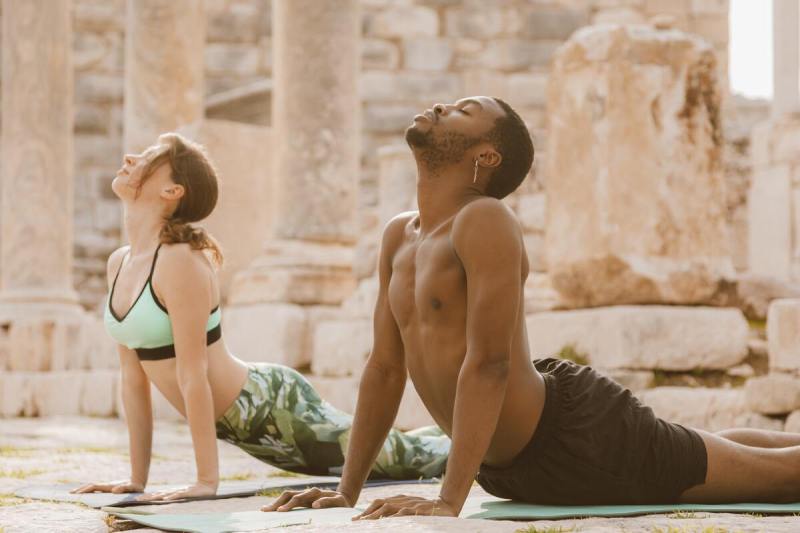
We’ve all been there: You get some momentum going in your workouts and begin to see results, so you double down. You stack days back to back, continuing to push, really honing into the whole Rocky Balboa ethos. But then the niggles start to pop up. It’s the aches that remain day after day, or the mornings spent limping around your apartment before things loosen up. It’s the restless nights and plateaus in your gains.
Whether you admit it or not, you’ve gone too hard, for too long, and unless you take some easy days, your fitness will stall and you risk serious — and potentially permanent — injury. Some may need to force themselves into total rest, but many more can alternate their hard days with easier days of activity, or what’s often called active recovery. These days of lower intensity allow your brain and body to rest while promoting blood flow and continuing the habit of exercise. In short, active recovery is key to a happy, healthy, and productive fitness life.
Anthony Crouchelli, a GRIT BXNG trainer who works out of Boston and New York, had to learn this lesson the hard way. Once a promising professional soccer player, he found those little injuries had compounded into serious problems. “My career ended because I had a lumbar disk injury and just never addressed it,” The trainer said. “It came to a point where I couldn’t even walk, and I had to rehab my entire body with foundational active recovery: Walking, swimming, really taking it day by day.”
The good news is that Crouchelli was able to nurse himself back to health, and now, as a boxing instructor and fitness professional, he spars three or four times a week while developing his .1 Method as a counterpoint. Its series of short- and long-guided meditations aim to achieve improvement “point-one more than yesterday,” or, in boxing terms, “a jab-cross-reflect method,” he said. “The key word is affirmation meditation.”
Crouchelli sat down with The Manual to discuss his best active recovery workouts, which allow him to stay busy without burning out or injuring himself. While the six activities below are common in the fitness world, they can also be taken in sprint, and you can use them as a guide for your own easy days. “Active recovery, for me, starts with my headspace,” Crouchelli said. “Getting that into a calm place to reflect, rejuvenate, and reset.”
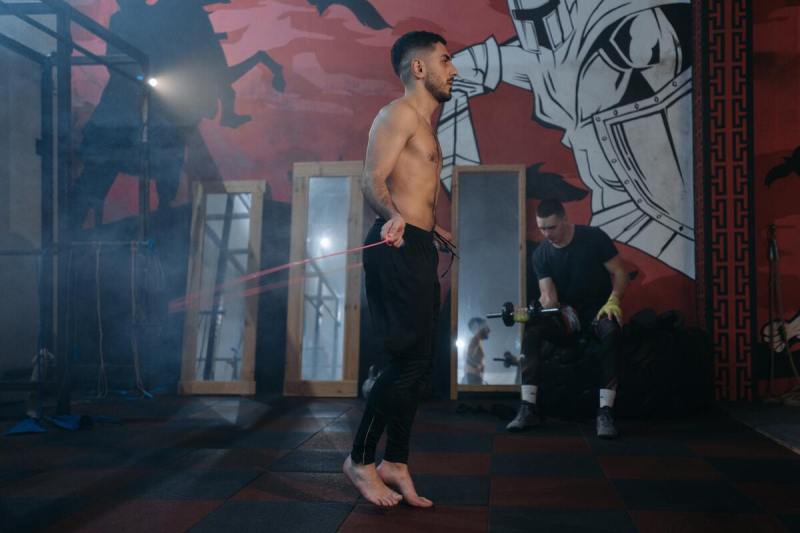
Skipping rope
Skipping rope is a classic boxing favorite, so it’s no surprise that Crouchelli, a boxing instructor, would favorite it. But it’s a perfect exercise for active recovery, as it’s relatively low impact and still delivers an invigorating full-body workout with minimal equipment in a small amount of space. It’s also scalable.
For those new to jumping rope, aim for 30 seconds jumping and 30 seconds of rest, while more experienced athletes can go 40 seconds or even more, with a slight rest before the start of the next minute (think of it as an EMOM of sorts). Also, depending on the severity of your previous days’ workouts, you can go as short as 10 minutes or as long as 25.
Targeted muscles: Full body
Equipment needed: A jump rope and a good amount of overhead space
Sets: From 10 rounds to as many as 25
Execution:
- Jump rope for 30 or 40 seconds, staying light on the balls of your feet.
- Rest 20 or 30 seconds.
- Repeat the above two steps for 10 to 25 rounds.
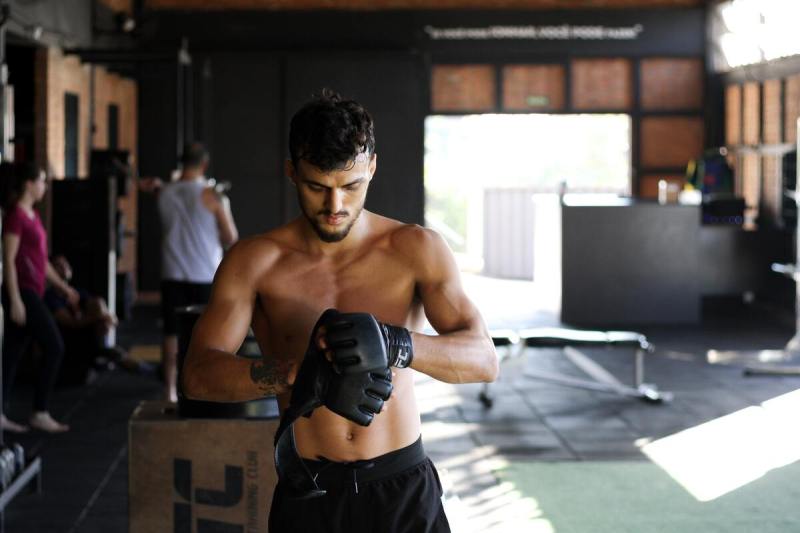
Shadowboxing
A longtime favorite of boxers, shadowboxing avoids the muscle-damaging heavy bags or the shoulder-burning speed bags in lieu of empty air and fast movement. Crouchelli especially likes to pair it with three up-tempo songs, using them as a kind of round bell and progressing in combination duration from round to round.
Targeted muscles: Upper body
Equipment needed: None, though full-length mirrors can be beneficial
Sets: 3
Execution: Stay light and pace yourself! Otherwise, you’ll gas out before the end of the round.
- Hit “play” on your first song, or hit “start” on your first 3-minute round.
- Start with a three-punch combo, staying light and fast.
- At the end of the round, take 1 minute off, with 45 seconds of rest and 15 seconds of preparation for the next round.
- For Round 2, move into a four-punch combo.
- Take another 1-minute rest with the previous rest breakdown.
- For Round 3, think freestyle: a two-punch combo, then three, and progressing to combos of 10 punches or more.
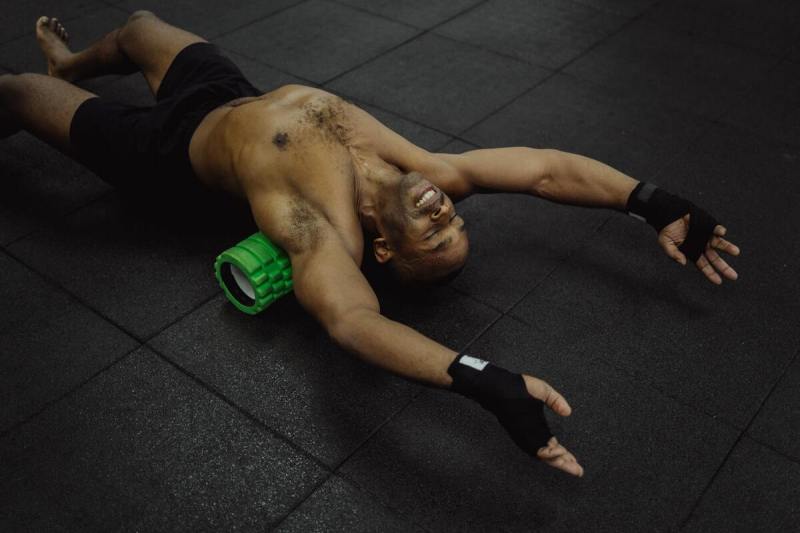
Foam rollers and other recovery aids
Back in his soccer days, Crouchelli said he’d stay close to his foam roller on those rare rest periods. And so should you. Essentially a self-massage, there’s no wrong way to do it. Get down, find your sore spots, and linger with your roller, lacrosse ball, or other recovery aid.
Targeted muscles: Full body, or wherever it hurts
Equipment needed: A high-quality foam roller, lacrosse ball, or another device, at the user’s discretion
Sets: One 20- to 30-minute period
Execution:
- Clear a space on your floor.
- Sweep up any bits of food, dust bunnies, or other detritus.
- Place your foam roller or recovery aid of choice down.
- Get to work, breathing deep and focusing on areas of pain or discomfort.
- Continue over the duration of an episode of Arrested Development or a similar show on Netflix, Max, or another streaming platform.
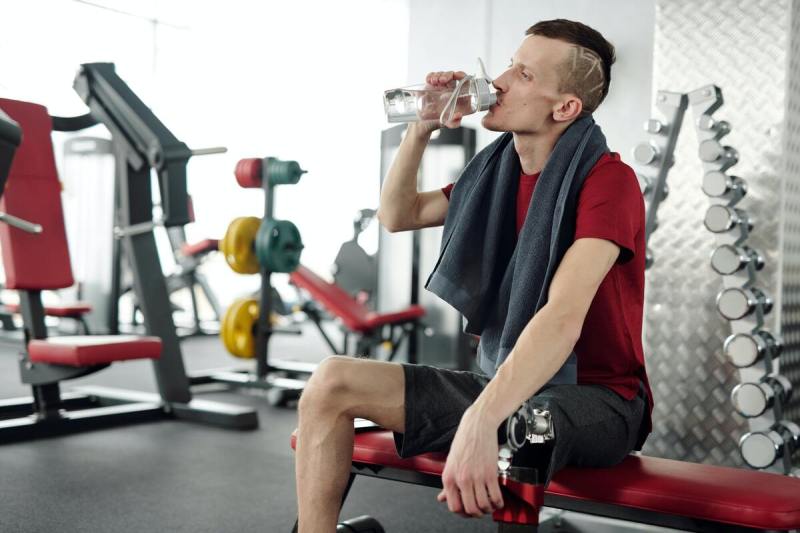
Time under tension
Possibly one of the more unique forms of training Crouchelli has developed, he said it came from the early days of COVID, when clients were finding themselves injured after diving into too many classes and pushing too hard as a result. Rather than full rest, grab a bath or beach towel and hook it around a foot or a knee, pushing away as you push or pull its ends with your arms. Reverse it to target your lower body.
Targeted muscles: Full body
Equipment needed: A long towel (bath sheets work great) and a clear space
Sets: Two or three per muscle group
Execution:
- Select muscle group (example: back and biceps, chest and triceps, lower body, etc.).
- Hook your towel around a foot, feet, knee, or knees.
- Grab the ends with your hands.
- Slowly pull or press with your upper body as your lower body extends away, allowing the opposite muscle group to your target to give gradually.
- Complete 8 to 12 reps.
- Rest 1 to 2 minutes.
- Repeat for sets, then switch muscle groups and repeating the pattern.
- Add some core at the end for a total-body workout.

A long ride
Remember those days as a kid when you’d ride for hours through your neighborhood? It’s time to bring that back. So wipe the cobwebs off that sleek, all-terrain bicycle in the back of your garage or rent a Citi Bike and put in 10 miles at an easy pace. No Spandex is required.
Targeted muscles: Lower body, core
Equipment needed: Anything self-powered and with two wheels, as well as a helmet
Sets: N/A
Execution: Just ride, baby. Enjoy the summertime.

Meditation
A personal favorite of Crouchelli’s, while there are many means of accomplishing this, his favorite is focusing on a series of three words. Of late, it’s been a mix of opportunity, change, and fear. While you can check out his .1 Method for additional series, the goal is to focus on each word in turn and then explore how they relate to each other. So burn some incense, put some light music on in the background, and dive deep into your own psyche.
Targeted muscles: None
Equipment needed: None
Sets: 1
Execution: Grab a spot on the floor or in a comfortable chair, and spend a set amount of time with each word. After cycling through, allow yourself to explore one word’s relation to the others.

How many days a week do I need for active recovery?
When it comes to working and rest days, everyone is different based on what type of exercise they are doing and how fit they are. However, it is recommended that everyone take at least one day a week for active recovery or complete rest.
It is also advised that you do not exercise the same muscle group two days in a row if you’re weight lifting. For example, here is a simple routine you could follow: upper body, lower body, cardio, active recovery.



